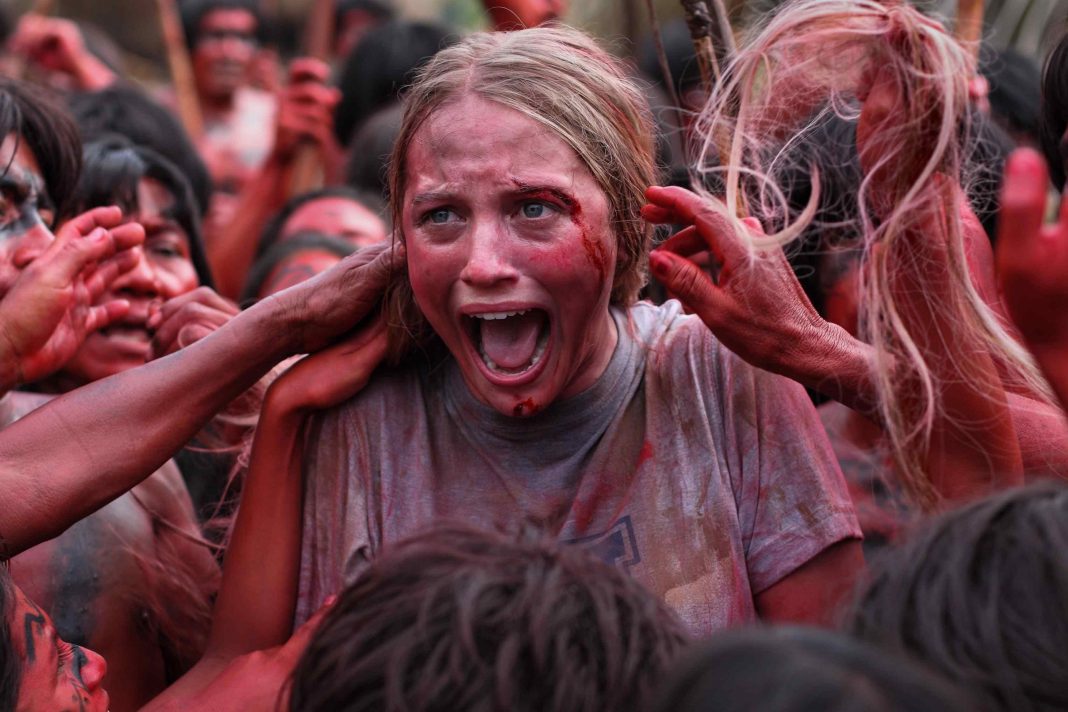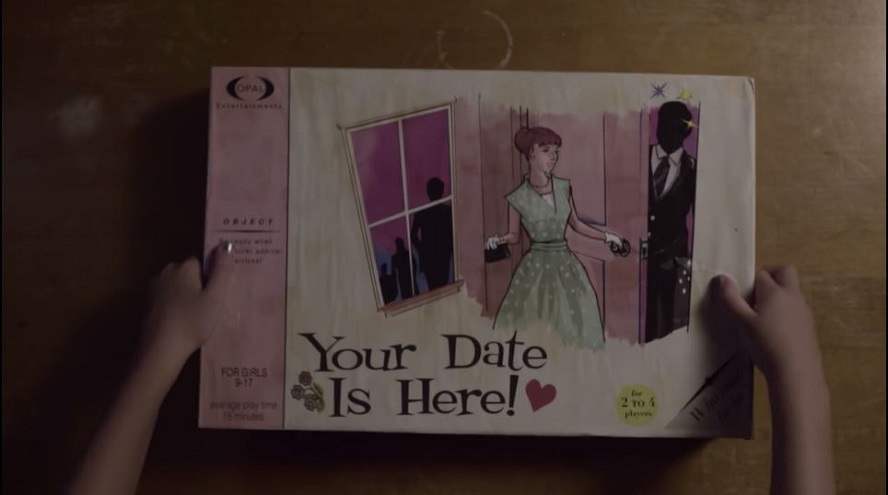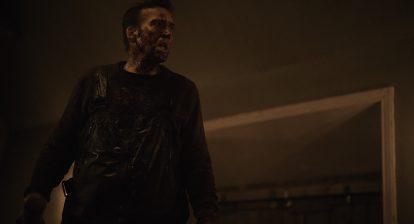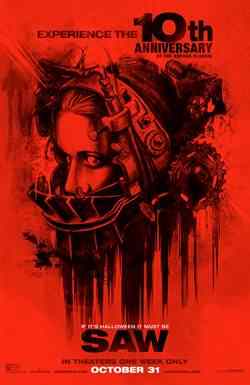The Virgin of the Quarry Lake (La Virgen de la Tosquera), directed by Laura Casabé, is set in the sweltering summer of 2001, following Argentina’s economic and social crisis. The story follows Natalia, Mariela, and Josefina, three friends living on the outskirts of Buenos Aires who share a deep infatuation with their childhood friend, Diego. The arrival of Silvia, an older and more experienced woman, sparks jealousy in Natalia, who, with the help of her grandmother Rita, delves into the world of black magic to win Diego back.
The film is a cinematic adaptation of La Virgen de la Tosquera and El Carrito, two short stories by Argentine writer Mariana Enríquez. It premiered at the 2025 Sundance Film Festival, competing in the World Cinema Dramatic Competition category.
Horror That Defies Convention
In the current landscape of Argentinian genre cinema, few directors have managed to carve out such a distinct identity as Laura Casabé. With The Virgin of the Quarry Lake, the filmmaker immerses us in a deeply unsettling and quintessentially Argentine story, where horror emerges not only from the supernatural but also from social and psychological realms. With a screenplay co-written by Benjamín Naishtat (Rojo, History of Fear), this film presents itself as an anti-coming-of-age story—a youth narrative that rejects traditional growth and self-discovery tropes in favor of a raw, disturbing, and dark experience.
Laura Casabé and Her Commitment to Visceral Horror
Casabé has already demonstrated her ability to approach horror from a local and symbolic perspective (The Returned, El Hada Buena), and in The Virgin of the Quarry Lake, she reaffirms her skill in crafting haunting atmospheres. Her direction relies not only on mise-en-scène but also on the meticulous development of her characters’ emotions. She employs the everyday as a vessel for the ominous, making even the most mundane elements feel eerily sinister.

The film’s horror is not confined to the paranormal; it stems from the latent anguish of its protagonists and their surrounding environment. Casabé plays with silence, tight framing, and a visual composition rich in textures and symbolism to amplify the protagonists’ sense of isolation and vulnerability. In this regard, her work evokes the cinema of Lucrecia Martel but with a more unfiltered and visceral twist.
Benjamín Naishtat and the Weight of Social Context
Benjamín Naishtat’s contribution to the screenplay is crucial to understanding the depth of The Virgin of the Quarry Lake. Known for his political insight and ability to weave historical and social context into his narratives, Naishtat’s writing imbues the script with a rawness and realism that ground the horror in a tangible, relatable reality.
The film avoids the classic coming-of-age archetypes, instead presenting characters driven by desire, fear, and uncertainty. There are no moral lessons or comforting conclusions; rather, the script delivers an unfiltered portrayal of adolescence, where impulsive decisions lead to devastating consequences.
Cinematography and Art Direction: The Work of Diego Tenorio Hernández
One of the film’s greatest strengths lies in its visual design, with cinematographer Diego Tenorio Hernández playing a pivotal role. Using natural lighting and a desaturated color palette, he constructs a visual world where beauty and horror coexist in a disturbingly symbiotic manner.
Tenorio Hernández employs tight framing to create a sense of claustrophobia and amplify tension, while wide shots in key scenes emphasize the protagonists’ isolation in an environment that seems to engulf them. The texture of the images and the interplay between light and shadow reinforce the notion of a world in constant flux, where the familiar can turn threatening at any moment.
The Cast: A Bet on Emerging Talent
One of The Virgin of the Quarry Lake‘s most intriguing aspects is its commitment to a young cast, many of whom are taking on their first major roles. Dolores Oliverio, Luisa Merelas, and Fernanda Echevarría bring complex, layered performances that break away from the conventional portrayal of adolescence in cinema.
Casting is essential to the film’s success, as these actresses convey tension and fear with impressive authenticity. Their performances feel organic, enhancing the film’s sense of realism and reinforcing the impact of the horror. The chemistry between them is palpable, making the dynamics of friendship, rivalry, and desire feel both credible and powerful.
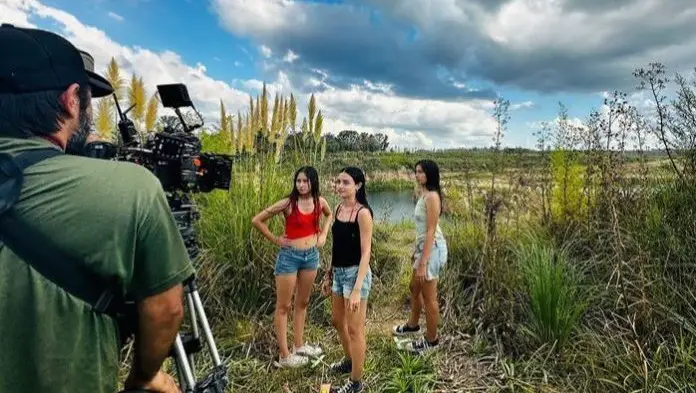
Conclusion: A Horror Film That Breaks the Mold
The Virgin of the Quarry Lake is a film that challenges both horror and coming-of-age conventions. With her sharp perspective and ability to unsettle, Laura Casabé delivers a work that is both a sensory experience and a profound commentary on adolescence, desire, and the lurking darkness within the ordinary.
With a strong screenplay, immersive cinematography, and a cast of young talents fully committed to their roles, the film establishes itself as one of the boldest genre offerings in Argentinian cinema. It is not a story of growth or redemption but a descent into the deepest recesses of youthful psyche and its most primal fears. Instead of offering answers, this horror film leaves viewers with lingering, unsettling questions long after the credits roll.
Original Title: La Virgen de la Tosquera
Cast:
- Dolores Oliverio
- Luisa Merelas
- Fernanda Echevarría del Rivero
- Dady Brieva
- Agustín Sosa
- Candela Flores
- Isabel Bracamonte
Year: 2025
Duration: 96 min.
Country: Argentina
Director: Laura Casabé
Screenplay: Benjamín Naishtat.
Story: Mariana Enríquez
Cinematography: Diego Tenorio
Music: Pedro Onetto
Genre: Fantasy, Horror


